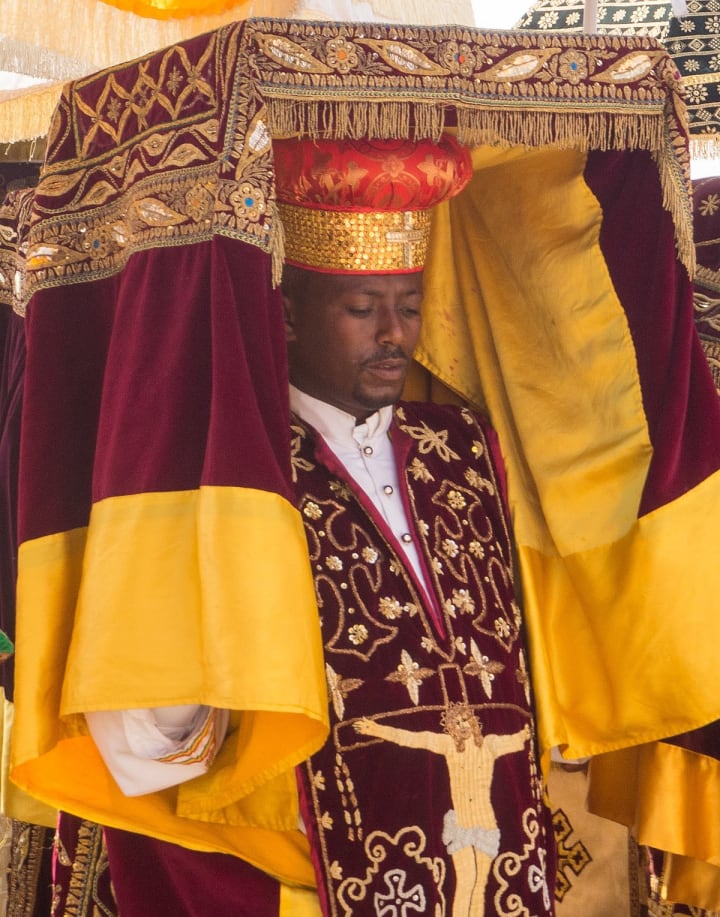How Hypocrisy Disembowels Dialogue and Expects It to Bleed Quietly While Dying
Insincerity like only humans can do

That nauseating, stank, vile, sinister weed.
Even should I stumble across it in my own back garden...
I’m all, “Kill-it-squish-it-shoot-the-root-burn-it-make-it-die!”
Clippers out.
Never playing.
Hope you ain’t either, cuz there’s nothing like a dose of hypocrisy to deal a death blow to healthy communication and a potential (now unlikely) relationship (business or personal.)

It’s a noun that’s been cleansed and sanitized over millennia, but I kind of like the original definition of c. 1200, “the sin of pretending to virtue or goodness.” This comes across as more individual, direct, and concise. At least to me. Although I would synonym-switch out the “sin” part…religious overtones and all.
All mortal beings have flaws, so perfection isn’t a character trait that’s ever on the table, in my view. But to purposefully extend a false version of self with acceptable appearances of authenticity and 180° opposite intransigent intent…Ooooh! I’m gon’ tell Mama what you did!
Hypocrisy lies in the same disgusting bed with plagiarism, a trust-killer that’s difficult if not almost impossible to recover from. And like that playmate who always cheated at games when you were a kid, you can’t ever relax and have fun in a conversation with said trait-holder or wonder if you lost the game fair and square. Word gets around. No one wants to play with or listen to anything they have to say anymore.

Calling someone out as a hypocrite is reminiscent to me of the duels of legend, where the gauntlet gets thrown, and even though there’s the option to decline and leave it, many would rather risk death to save face.
Dem’s fighting words.
But the duplicitous have tactics.
Deflection is one of them that raises my ire big time.
Here’s a concrete example that’s been burning through my ordinarily sweet disposition:
A stolen sacred artifact sits in an iconic public church. That item is called a tabot and it resides hidden behind an altar at Westminster Abbey in London. It was one of hundreds of artifacts (among them many more tabots) looted after an 1868 military expedition in Magdala, Northern Ethiopia, that saw its Emperor Tewahodros II defeated by British forces.

The tabot is a small wood or stone tablet and is a replica of the biblical commandments of law, or the ark of the covenant, that consecrates a church in the Ethiopian Orthodox faith as a holy place. It is revered with such devotion by Ethiopian Christians that it resides in the Queddest Queddusan (holy of holies) of the Orthodox Tewahedo Church and can only be seen by Orthodox priests. The answer to repeated requests for it to be returned are glaringly obvious because…it’s still there.
In 2002, St. Johns Episcopal Church in Edinburgh found one of the looted tabots in storage and returned it to Ethiopia.
Go figure.
Easy, right?
I am not a religious person, but the irony of a stolen sacred object (tabot) integrated with another significantly holy object (altar) in a religious edifice cannot be lost here.
Its location is even more telling, but to add insult to injury, a written request made in 2018 by an Ethiopian Church deacon Samuel Berhanu for permission to gather with other priests to view and pray beside the tabot was denied by Westminster Abbey.
Head of Communications Duncan Jeffrey responded to the request by stating the awareness held by the establishment of the “sensitive nature of the tabot” and that because of this “steps were taken to ensure that the tabot, which is in a very sacred place, was properly covered and could not be seen by anyone. We have no plans to change this arrangement.”
The follow-up written reply by Berhanu reiterated a request for the priests to gather in the Abbey, to which Jeffrey wrote, “Thank you for your email. The abbey will not be elaborating any further.
Stop priests from visiting to pray?
That doesn't even need time to sink in.
Brief recap:-
• Looted Ethiopian holy object hidden behind the altar of world-renowned church.
• Return requests to country of origin refused.
• Viewing and prayer requests by Ethiopian Orthodox Christian priests refused.
• Sacred tabot which represents the ten commandments of law (inclusive of “Thou shalt not steal “ somewhere in there,) held (and allegedly not being viewed) by an institution that proports to uphold those biblical laws.
Message sent: No, we don’t want you around during our continued pretense of virtue and goodness. We won’t answer the question directly, therefore, technically we didn’t say no, but the matter isn’t up for discussion ever again.
Deflection.
If an institution pillar of British religion won’t return a known stolen artifact or even allow access, can one expect British Museums to do more than that?
Hmmm…
And that my reading peeps…is how hypocrisy gets raised to stratospheric status leaving subterranean 'blood-and-guts-filled' caverns below.

Thank you so much for reading my story! Your time investment is valued more than I can express. You can view more of my work below.
If you enjoyed this or any of my other stories, feel free to like, subscribe, tip, pledge, and/or share with friends and social media sites. If you wish to promote in other forums, you can secure permission @thedaniwriter






Comments (2)
Magnificently written!!! Simply, if it is stolen, it should be returned. Fantastic and enlightening read!!!♥️♥️💕
While I have long granted that the institutional church has an important function in the preservation & protection of the artifacts of the historic faith, it is at the same time largely antithetical & hostile to the Gospel it defends inasmuch as, being an institution, it is largely concerned with determining who is included & who is not along with keeping the faith pure & free from heresy & corruption, while the Gospel itself is one of unbridled & uncompromising invitation & couldn't care less about doctrinal purity or orthodoxy or making sure "we get things right." The church sees its role as gatekeeper as a responsibility to see that only the right folk get in, whether that means praying the sinner's prayer, knowing the moment that you received Christ, being only in approved monogamous sexual relationships, or holding to correct doctrinal standards. The Gospel view of the gatekeeper's role is one of welcoming committee & hospitality, making sure the gate remains open that all might enter in. This situation between the Ethiopian Church & Westminster Abbey is just a small isolated example of the errors the church commits in its efforts to defend & protect the faith.